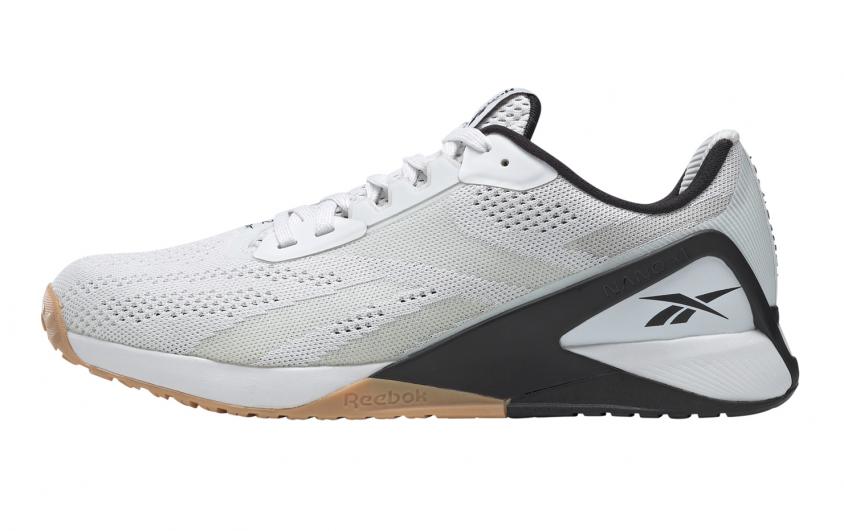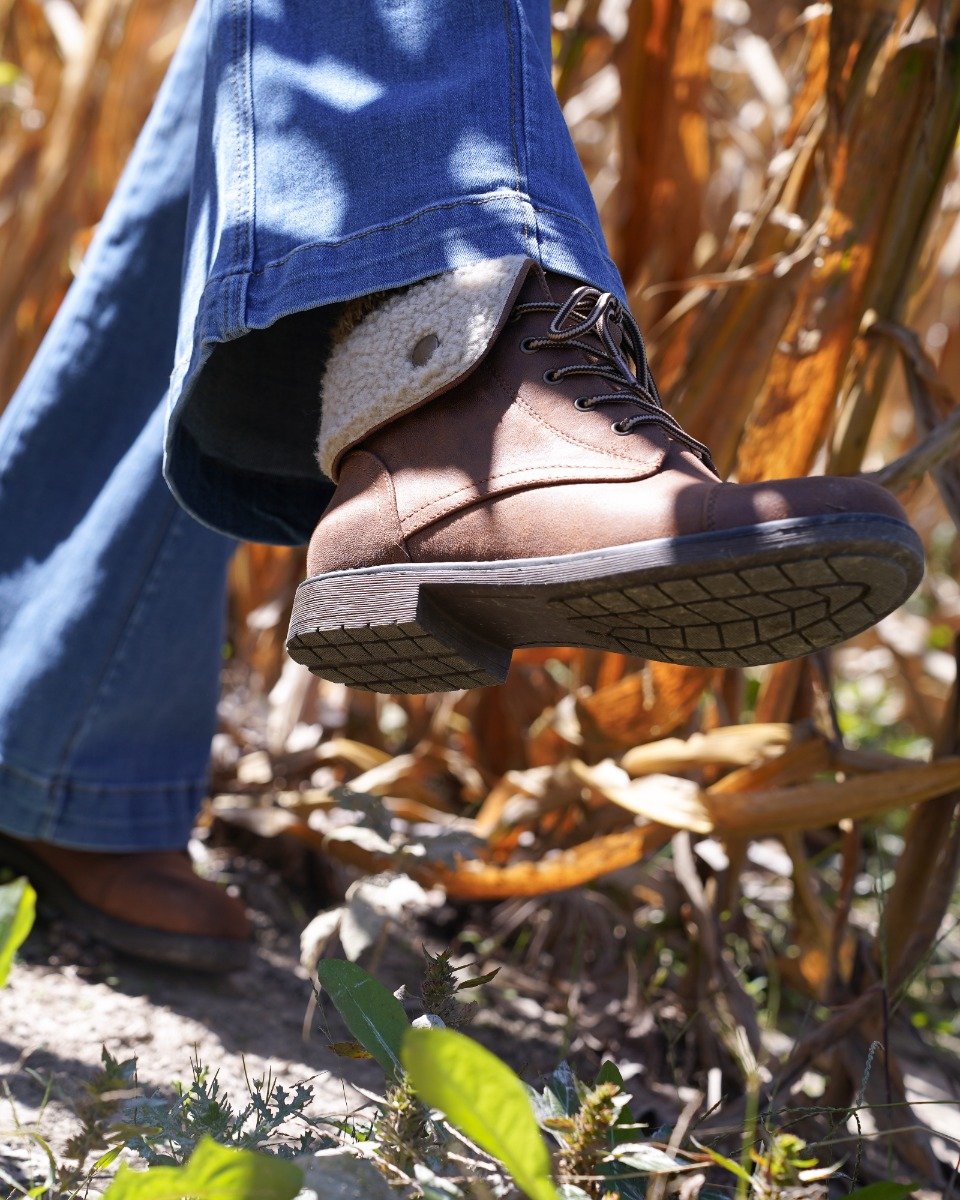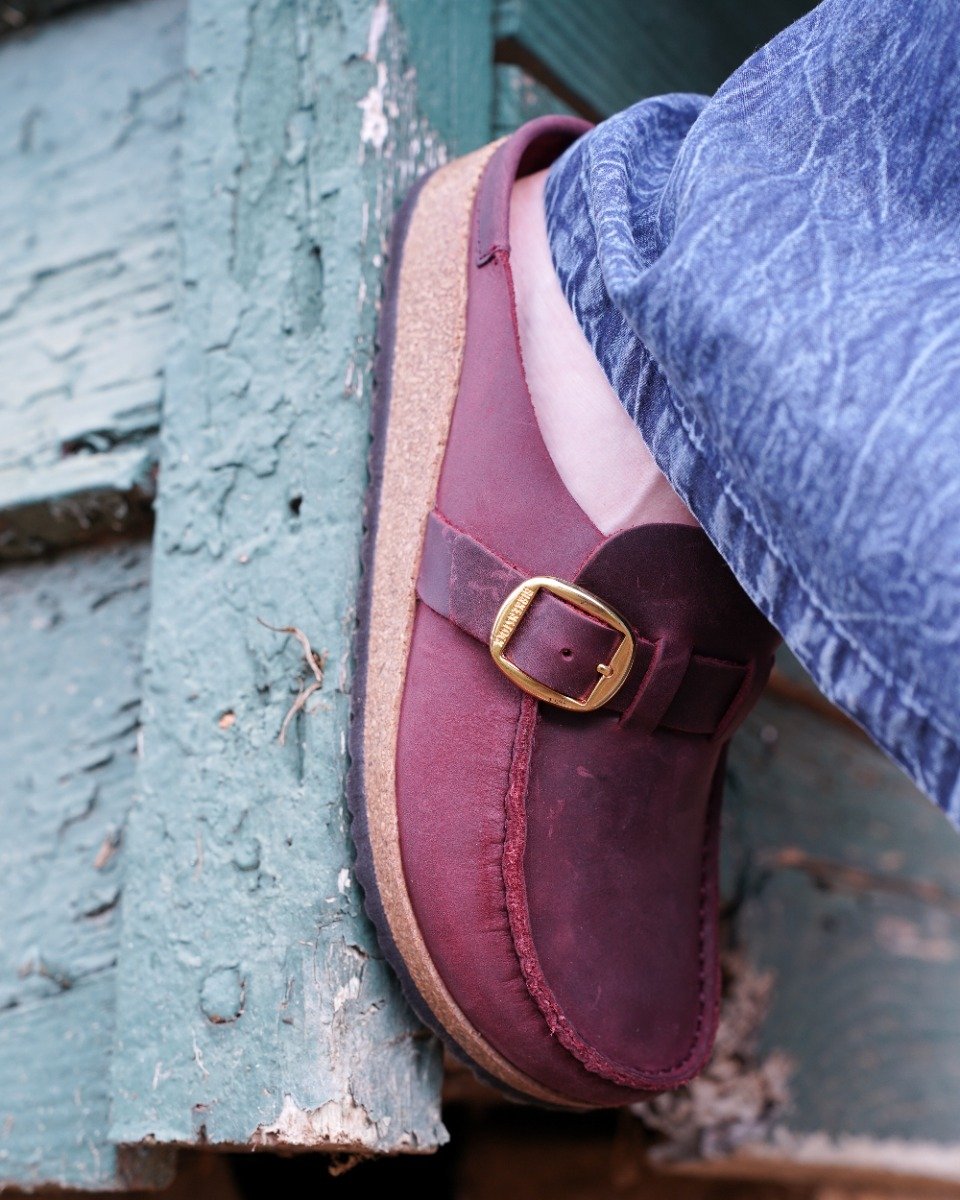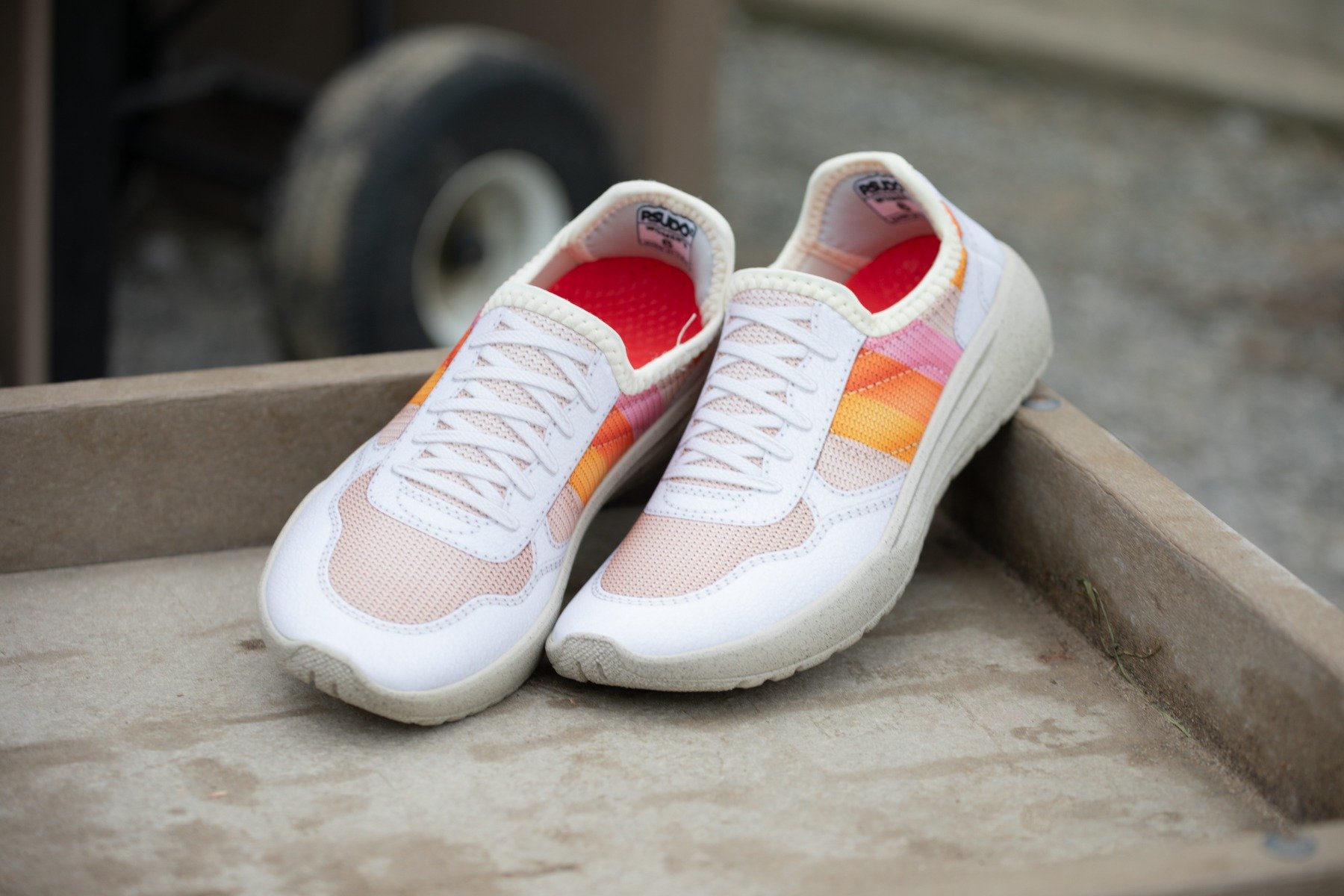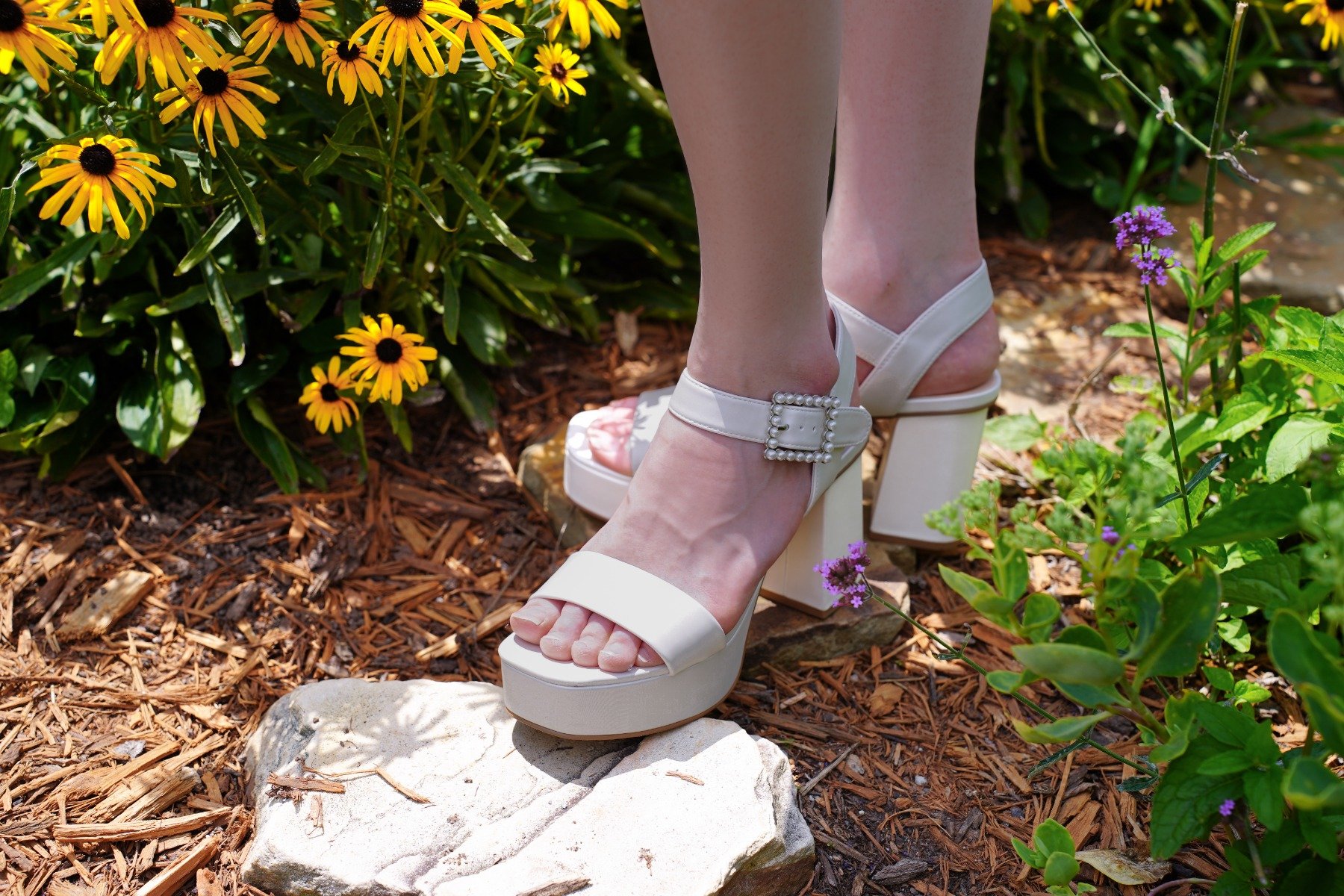
Spring's officially here, and summer is right around the corner. That means it's also time to get serious about your workouts. The weather's milder, so your exercise options are becoming less limited by the day. If you started a new workout program in January as part of a New Year's resolution, you're probably just reaching the point where it's time to turn the dial up on the intensity as well.
Having the right equipment in your corner is essential if you're going to continue making progress, and that includes athletic shoes that are appropriate for your workouts. Here, we'll take a closer look at how you can make sure you snag exactly the right shoes for you, your routine, and your fitness goals. We'll suggest a few choice options to consider as well.

Why Wearing the Right Athletic Shoes Is Important
The more intense and vigorous your workouts become, the more important it is that you wear appropriate footwear. It's not just a matter of comfort or preference, either. Your choice in athletic shoes can affect the quality level of your workouts, as well as your ability to recover after a session. Choosing the right shoes can mean:
You're less likely to injure yourself.
No matter how fit you are or how many precautions you take when exercising, there's always at least some chance of injury when you work out. Quite a few of the most common injuries--shin splints and sprained ankles, to name just two--affect the feet.
Making sure your footwear not only fits properly but is well-suited to your workout drastically lowers the likelihood of such things occurring. If you happen to injure yourself anyway, it's also less likely to be anything serious if you were wearing the right footwear.
Your joints are better protected.
 Every movement you make while working out causes your joints to undergo impact and absorb the associated shock. What's more, the type of impact involved changes from sport to sport and activity to activity.
Every movement you make while working out causes your joints to undergo impact and absorb the associated shock. What's more, the type of impact involved changes from sport to sport and activity to activity.
For that reason, a basketball shoe might be the perfect choice for shooting hoops with your friends but it would be a terrible fit for running or jogging. When you wear the wrong athletic shoes, you're not properly protecting your joints. The consequences of this may not be apparent at first, but they can easily lead to long-term integrity issues, serious injury, and other problems.
You'll avoid discomfort.
Many people who are new to working out truly believe that sore feet, blisters, and foot cramps are just par for the course when it comes to exercise. While some soreness is certainly normal, especially when you're getting used to a new level of activity, constant blisters and other forms of foot discomfort can be signs you're not wearing the right shoes.
On a related note, it's just as important to make sure you're wearing the right socks. For instance, cotton socks are considered a major no-no when it comes to running, as they can lead to high levels of irritating friction. A runner who pairs socks like that with clunky, heavy shoes inappropriate for running (like basketball shoes) can expect their feet to be in pretty terrible shape after a workout session.
In other words, wearing the right pair of athletic shoes could change a lot of things about your fitness routine for the better. You'll enjoy your workouts more. You'll be less likely to become sore or get hurt as well.
Understanding that there are right shoes and wrong shoes for every workout is one thing, though. Making sense of your choices and selecting the right option for you is another. Next, we'll go over what makes a given shoe good or bad for a particular workout activity.
Choosing the Right Running Shoes and Cross-Trainers

If your exercise of choice is running, jogging, or walking, a good pair of running shoes is naturally going to be the best choice for you. Shoes in this category are specially engineered for the heel-to-toe motion that occurs in these activities. Some qualities to consider may include:
Stability:
A good running shoe has structural features that reduce the likelihood of overpronation (the possibility of the foot rolling too far inward after striking the ground). This, in turn, reduces the risk of injuries like rolled ankles, sprains, and broken bones.
Motion Control:
Some running shoes feature stiffer heels and arches that are more supportive than average. Choose shoes with this feature if you know you have low arches or issues with severe overpronation.
Cushion:
Running and jogging can wreak havoc on the joints over time because of the impact involved. For that reason, most running shoes feature extensive cushioning that helps absorb shock.

Where and how you like to do your running, jogging, or walking is also important. For instance, you might come across the following types of shoes while evaluating your options. Each is engineered to cater to a different type of runner.
Barefoot:
Barefoot running is nothing if not trendy right now, not to mention controversial. If it's something you do or are considering, it's important to have the right shoes. Barefoot running shoes are designed to encourage a more natural foot strike when in motion. In theory, they help minimize the risk of injury by increasing foot strength and minimizing impact peaks. Generally speaking, they're best for experienced barefoot runners who run or walk mostly on safe, soft surfaces.
Trail:
Trail shoes are designed for people who love to run, walk, or jog off-road and in wooded areas. They feature enhanced tread patterns for extra stability and a firmer foothold. Most trail shoes also have stiffer soles that are more effective at protecting feet from roots, rocks, and other similar objects.

Minimal:
If you're in the process of transitioning into barefoot running or simply dislike the feeling of more substantial athletic shoes, minimal running shoes might be for you. Their streamlined designs allow for the most natural possible movement of the foot while in motion. Most minimal shoes have little to no arch support, making it possible for the runner to strike the running surface mid-foot.
Racing Flats:
If you're into distance racing (or hope to go in that direction eventually) you might want to consider a pair of racing flats. They're lightweight shoes designed for short-distance races. Most shoes in this category are made to accommodate shorter contact times between your foot and the ground via minimal (or non-existent) heel lift.
 If your exercise routine consists of running, walking, jogging, or any combination of the above, start with an option from a brand like New Balance that specializes in producing quality athletic footwear for men, women, and children. Not only do brands like these feature all the hallmarks of a quality running shoe, but they produce options that are appropriate for off-road workouts and more.
If your exercise routine consists of running, walking, jogging, or any combination of the above, start with an option from a brand like New Balance that specializes in producing quality athletic footwear for men, women, and children. Not only do brands like these feature all the hallmarks of a quality running shoe, but they produce options that are appropriate for off-road workouts and more.
Does your usual repertoire include additional activities like kickboxing, aerobics, weight training, and dancercise? You might want to invest in a good pair of cross-trainers. Cross-trainers are capable of accommodating and supporting the side-to-side movement associated with activities like these in addition to the heel-to-toe motion in running.
Choosing the Right Hiking Footwear
Once spring has arrived in earnest, it's only natural to want to spend some time outdoors. If you're also fitness-oriented, hiking might seem especially appealing. However, as is the case with running or any other active pastime, you'll need the right footwear in your corner. Some of the options you'll have to choose from include:
Sandals:
Yes, you can totally hike in sandals! You'll just need to make sure you're choosing selections that are up to the task. Think rugged, supportive designs like this brindle sandal from Keen. These breathable, comfortable spring staples are best for people who like to hike on safe, well-maintained trails.

Light Hiking Shoes:
Similar to the trail shoes detailed above, light hiking shoes provide the coverage and support of a hiking boot, but in a lower profile option. Choose these if you're into casual day hiking in local areas.
Hiking Boots:
Classic hiking boots by brands like Timberland and North Face are what a lot of people envision when they think of hiking footwear, and with good reason. They're perfect for outdoor excursions of all types and durations, including weekend camping trips.
Backpacking Boots:
If you're a really serious hiker who likes to take multi-day backpacking trips, you'll want a pair of these. They feature extra-durable midsoles and additional support to help you carry loads of all sizes and weights without harming your feet. There are also mountaineering boots out there for people who go on extended excursions over multiple terrains--up to and including glaciers.
Choosing Shoes for Other Active Pastimes

Does your spring workout itinerary include some time admiring the world from the seat of your favorite bicycle? Do you like to strength train (or are you thinking about starting this season)? What about basketball or baseball? There are shoes that are just right for those pursuits as well.
Cycling Shoes
Options that make good cycling shoes are lightweight, durable, and breathable. They also feature soles that are moderately stiff or very stiff to support pedaling. If you're a moderate cycler who likes to spend a spring day engaging in casual rides, a good light hiking shoe is a good fit for you. There are also special shoes out there designed specifically for mountain biking and road cycling.
Weightlifting Shoes
Yes, your footwear still matters if you're into lifting weights and strength training! Think sturdy uppers, high tops, and ankle support. Flexible outsoles that provide traction and solid, flat bottoms also make for great weightlifting shoes. Try a classic all-star like the Chuck Taylor from Converse for dependable, supportive show that never goes out of style.
Shoes for Team Sports
Is springtime all about basketball, tennis, racquetball, or volleyball for you and your friends? You'll need a good pair of court shoes. Court shoes feature sturdy, extremely stable soles that are capable of supporting your feet throughout constant back-and-forth movement. Court shoes are also better at absorbing the shock associated with jumping, bouncing, and similar motions.
If you're more of a field sports person, you'll want a track and field shoe that features metal or plastic cleats. Cleats help lend you traction that lets you turn, cut, and stop with ease.
What About Socks?
 As touched on above, it's not just your choice in shoes that matters when it comes to working out. Your socks are just as important. The right choice in socks helps guard your feet against blisters and other forms of irritation. They keep your feet warm during outdoor activities like hiking, cycling, or outdoor sports. The correct athletic socks can even do an excellent job of keeping your feet dry during rigorous activity.
As touched on above, it's not just your choice in shoes that matters when it comes to working out. Your socks are just as important. The right choice in socks helps guard your feet against blisters and other forms of irritation. They keep your feet warm during outdoor activities like hiking, cycling, or outdoor sports. The correct athletic socks can even do an excellent job of keeping your feet dry during rigorous activity.
Steer clear of cotton socks, as they can cause and exacerbate irritation. They're not good choices when it comes to keeping foot fungus and similar problems at bay. Last, but not least, they're not terribly great at keeping feet warm during colder weather. If you prefer a natural fiber, wool is a much better bet, especially in the warmth department.
Acrylic socks or synthetic blends are also great picks for most sports. They're comfortable and do a better job of keeping your feet dry. They're also better at holding their shape and keeping nasty odors at bay.
For the best possible choice in socks, consider looking into products designed for your specific sport of choice. Many athletic sock manufacturers make special products to support specific conditions and needs as well.

At the end of the day, you have every reason in the world to put some thought into finding the right shoe for your activity. You'll enjoy your workouts more, improve your progress, and keep unpleasant factors like injury or soreness at bay. Plus, every athlete deserves to reap the benefits the right gear brings to the table. Explore the possibilities today!





